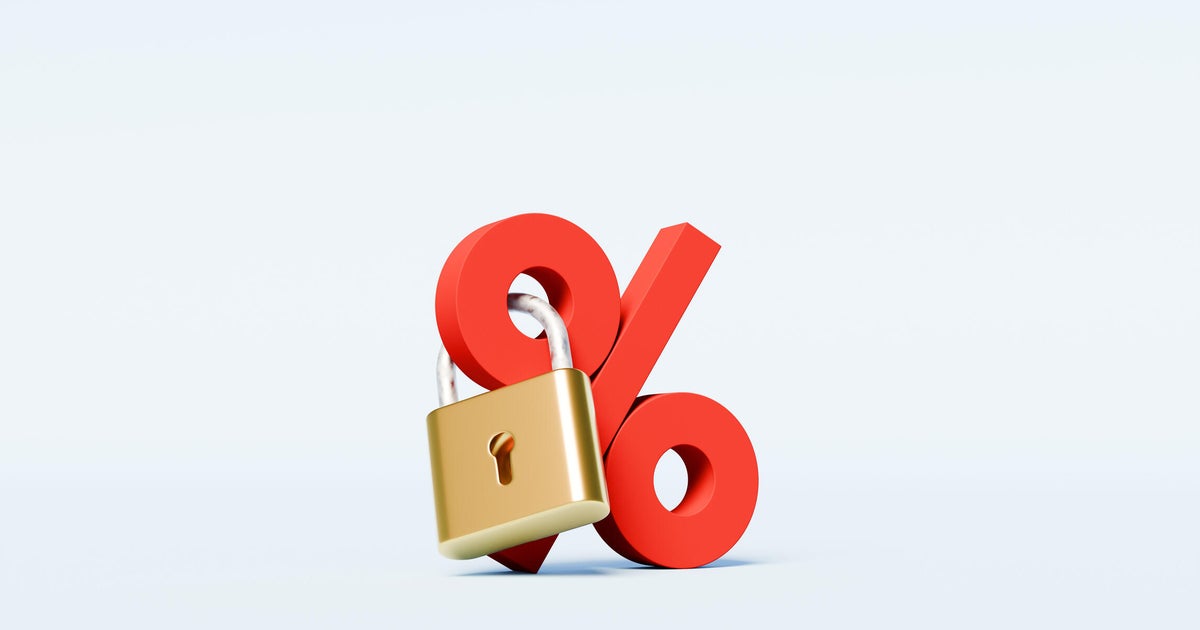

No response returned

The news on Wednesday that the was keeping its benchmark interest rate frozen wasn't exactly unexpected, but it still marked yet another major disappointment for borrowers. Saddled with high rates on everything from credit cards to personal loans to mortgages, this week all but ensures the status quo for around another two months, or until the central bank meets again in mid-September. Until then, the federal funds rate will remain frozen at a range between 4.25% and 4.50% and lenders who use that as a benchmark will likely keep rates elevated.
This is especially troubling for those borrowers coping with high-rate debt, particularly via credit cards. With , to work through and an , these borrowers may find themselves looking for relief, particularly now that the Fed won't be meeting again anytime soon. Fortunately, there are a variety of debt relief moves to consider, some of which can provide the ideal path toward regaining your financial independence. Below, we'll break down three worth considering right now.
.
While each borrower's needs differ, the following moves may help now that any assistance courtesy of rate cuts has been paused:
When was the last time you took a detailed look at your budget? Use this time to closely examine it for potential cost savings. Everything from subscription services to food shopping needs should be evaluated for ways to cut costs. You may be surprised at how much unnecessary spending you've been doing each month.
And, while this may not help make much of a dent in your existing credit card balances, it can go a long way toward keeping them where they are versus growing them further in the weeks and months to come. Additionally, if you ultimately do choose a debt relief option, you'll need to know where it fits into your overall budget, so this timely move helps in multiple ways.
.
There are multiple attractive debt relief options ranging from and on one end of the spectrum to to for extreme cases. Each, however, is associated with risks, of which credit score damage is at the top of the list.
Still, there may be fees associated with select debt relief options, and you may need to free up a portion of your budget to make payments as agreed to, for example, if you use a debt management program. Understand all of these risks in advance before getting started; that way, you're in a better position to manage them if you ultimately decide that a specific debt relief strategy is right for you.
While reviewing your budget and understanding the risks associated with debt relief options is critical, it's equally important to address the root causes of your debt issues. Without doing so, even the most effective debt relief strategy won't work as intended. You may have built your balances quickly or slowly, but it will take an , so use this time to understand what caused your debt to grow.
By taking a hard look at the causes, you'll be better able to avoid making the same mistakes in the future. It may sound like an obvious next step, but it's an easy one to avoid taking when some debt relief options feel like a complete fresh start.
A pause in interest rates may be disappointing, but if it's the motivation to work toward paying down your debt in a more expeditious way, it doesn't have to be. By making the above three moves now, either in conjunction with one another or independently, borrowers can begin the delayed work of tackling their debt once and for all an, critically, regain the financial health that's been diminishing in recent years.




